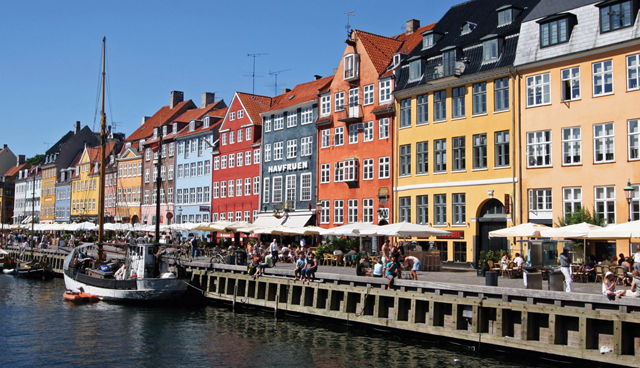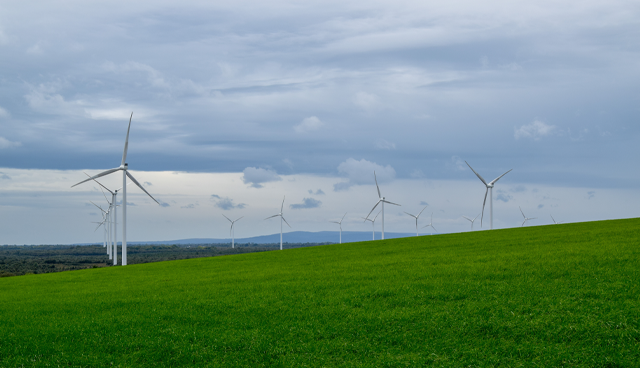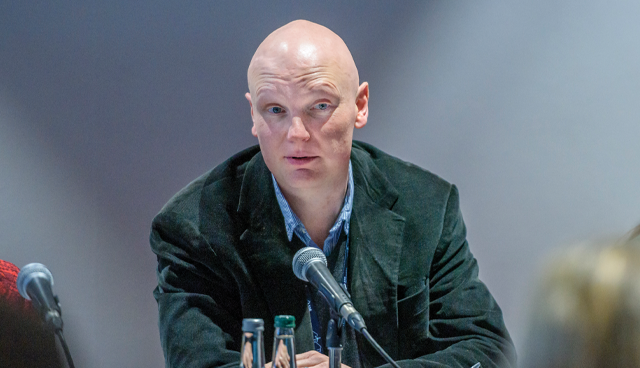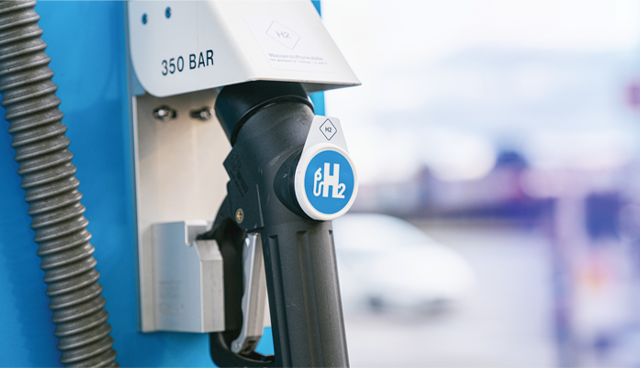
Copenhagen: 100 per cent renewable gas by 2025
8th December 2020
From brown to green
8th December 2020Can renewable hydrogen be key to unlocking a decarbonised energy system for Ireland?

NUI Galway’s Rory Monaghan outlines some of the potential roles for renewable hydrogen in Ireland’s efforts to decarbonise the energy sector.
Interest in hydrogen has historically come in waves, suggests Monaghan, who has specialised in hydrogen for almost 20 years. The academic, posing the question as to why it has become a hot topic once more, believes that the major changes have been the recognition of the potential of electrolysis, and the growth of cost-effective renewable electricity, especially wind and solar.
Offering a brief overview of hydrogen, Monaghan outlines its status as the lightest and most abundant element in the universe. The challenge, however, is that hydrogen, much like electricity, is not easily extracted from nature, and so is known as an energy vector or energy carrier, as opposed to an energy source.
The production of renewable hydrogen therefore is more energy intensive than many other forms of renewable fuel, but the payoff is its high energy content per kilo, which is three to four times greater than fossil fuels. “Hydrogen is what took people to the moon both in terms of propulsion and electric generation on board those spacecraft,” explains the academic.
Back on Earth, emphasising that hydrogen and its handling are not new to industry, Monaghan points to the production of 70 million tonnes of hydrogen annually. “The issue is that it is used almost exclusively within an industrial setting, where it is generated and consumed on the same site, mostly for oil refining and to make ammonia for fertilisers. We do not yet have the integrated supply chains common in the energy system,” he states.
Dedicated hydrogen production consumes around 275 Mtoe of energy and emits 830 MtCO2eq annually. For comparison, Ireland requires 15 Mtoe of energy and emits 61 MtCO2eq per year. As Monaghan explains, only a tiny fraction of the world’s hydrogen is produced through electrolysis, with the majority coming from the cracking of natural gas via steam methane reforming (SMR), which releases CO2. When electrolysis is powered by renewable electricity, we call it green or renewable hydrogen.
Energy system integration and the potential this offers is driving an interest in renewable hydrogen, explains Monaghan. “When we have this variable supply of wind and solar, we get issues of over-capacity and then curtailment,” he explains. “If we had electrolysis set up, we could be producing hydrogen. But curtailment is just the beginning; it is a small and low-hanging fruit in terms of hydrogen production. Dedicated hydrogen production from wind and solar is likely to have lower production costs and higher volumes.”
Energy system integration facilitates renewable production to use hydrogen as a buffer for supply/demand to increase system resilience, and decarbonise heavy-duty transport, industrial heat, some elements of building heat, and serving as a renewable chemical feedstock. “It is not a question of hydrogen versus electricity or hydrogen versus batteries. They are all required. Many applications are not suited to direct electrification. Hydrogen enables indirect electrification of the hard-to-decarbonise sectors,” says Monaghan.
Mobility and transport
Looking specifically at the attributes and short comings of hydrogen use within key sectors, Monaghan points to heavy- duty transportation, where hydrogen fuel cell vehicles are starting to emerge as a mainstream technology at the brink of mass production. The benefits of hydrogen versus battery electric in the light duty sector are not completely clear. It is only when we get to heavy-duty or long-distance applications that superior energy density and faster refuelling times mark hydrogen as a uniquely viable option.
The obvious disadvantage is what Monaghan describes as a “chicken and egg situation” where supply chains are not being built without demand and also that very few potential users will commit to hydrogen unless there are cost-effective supply chain. This leaves delivered costs of hydrogen high in the short term. “We need policy intervention to prime the pump for cost-effective hydrogen roll-out,” says Monaghan, “the upcoming national hydrogen strategy is going to be key in this regard.”
“Many applications are not suited to direct electrification. Hydrogen enables indirect electrification of the hard-to-decarbonise sectors.”
On rail, the academic points to demonstrations that already exist in the UK, Germany, Austria and the Netherlands. “Most railway lines on the European continent are already electrified but for some regional lines it would be prohibitively expensive to electrify them, so the options begin to focus on battery-powered trains or potentially, hydrogen-powered trains,” says Monaghan.
On maritime and aviation, Monaghan says: “These are areas where energy density really come in to focus and there is a need to look more closely at how much energy can be packed into a tonne of fuel. So far, it’s been very difficult to look beyond liquid fuels. The chemical energy bound up in liquid fuel is so dense that it is going to be quite a while before electric fuels can get there. When we store hydrogen as a liquid or use it as a building block of liquid fuels, we can start to see a route towards decarbonised planes and ships.”
Heat for buildings and industry
In relation to hydrogen use for heat, interest in the potential of natural gas blending has increased in recent years, recognising a major advantage in little requirement to change the current gas infrastructure to accommodate 5 to 20 per cent hydrogen blending. Full changeover of key parts of the European the gas grid to hydrogen “a hydrogen back-bone” has been proposed as part of the European Hydrogen Strategy. While expensive, the gas grid in Ireland is modern and annually moves about twice as much energy as the electricity grid, so this proposition could bolster the country’s ability to move green energy around the island.
Electricity
“Hydrogen can provide flexibility for power generation as many modern gas turbines are capable of burning up to 50 per cent hydrogen blends. So, we can use existing power generation infrastructure to support variable renewables but, while the turbines themselves can support that 50 per cent, not all parts of the supply chain along the way necessarily can,” explains Monaghan.
Renewable hydrogen is being tested for its capacity to act as back-up and off-grid power, where hydrogen is essentially used as a battery. “The issue is its low efficiency and its high capital expenditure but there is a robustness and a reliability. With hydrogen there is a lack of self-discharge meaning that we can store energy over long periods of time in a way that we can’t with batteries.”
Deployment in Ireland
Monaghan outlines: “We have a unique opportunity in Ireland to exploit our enormous onshore and offshore wind resources and hydrogen can help make that happen through large-scale, long-term energy storage, supplementing and supporting the power transmission system with hydrogen pipelines and hydrogen-burning power plants, enabling energy system integration with transport, heating and chemicals.
“We can even look further ahead at the opportunities hydrogen presents for renewable energy export. As part of team including hydrogen experts from Dublin City University and HyEnergy Consulting, I am helping to inform thinking on hydrogen within the Northern Ireland Government. As the Irish Government develops and launches its own hydrogen strategy in the near future, it is vital that industry, academia, policymakers and regulators work together to ensure we maximise the potential opportunity. Since hydrogen can potentially facilitate decarbonisation across many sectors of the energy system, a coordinated approach will maximise the benefits and minimise risk.”
Dr Rory Monaghan is the Director of the Energy Systems Engineering Programme at NUI Galway, Energy Research Centre Lead in the NUI Galway Ryan Institute, and a Funded Investigator in MaREI, the SFI Research Centre for Energy Climate and Marine.

